NVIDIA have revealed the GeForce RTX 3060 Ti officially today, along with a release date of December 2 and it sounds like quite an awesome card.
Hitting performance levels (and above!) comparable to the RTX 2080 SUPER, which for the price is absolutely amazing at $399 / £369 which is far less than the 2080 SUPER. When it becomes available on December 2 this will be as custom boards including stock-clocked and factory overclocked models from various vendors as well as a Founders Edition direct from NVIDIA.
Want some specs? Here's a comparison between the models of the 3000 series:
| GEFORCE RTX 3090 |
GEFORCE RTX 3080 |
GEFORCE RTX 3070 |
GEFORCE RTX 3060 Ti |
||
|---|---|---|---|---|---|
| GPU Engine Specs: | NVIDIA CUDA® Cores | 10496 | 8704 | 5888 | 4864 |
| Boost Clock (GHz) | 1.70 | 1.71 | 1.73 | 1.67 | |
| Memory Specs: | Standard Memory Config | 24 GB GDDR6X | 10 GB GDDR6X | 8 GB GDDR6 | 8 GB GDDR6 |
| Memory Interface Width | 384-bit | 320-bit | 256-bit | 256-bit | |
| Technology Support: | Ray Tracing Cores | 2nd Generation | 2nd Generation | 2nd Generation | 2nd Generation |
| Tensor Cores | 3rd Generation | 3rd Generation | 3rd Generation | 3rd Generation | |
| NVIDIA Architecture | Ampere | Ampere | Ampere | Ampere | |
| PCI Express Gen 4 | Yes | Yes | Yes | Yes | |
| NVIDIA G-SYNC | Yes | Yes | Yes | Yes | |
| Vulkan RT API, OpenGL 4.6 | Yes | Yes | Yes | Yes | |
| HDMI 2.1 | Yes | Yes | Yes | Yes | |
| DisplayPort 1.4a | Yes | Yes | Yes | Yes | |
| NVIDIA Encoder | 7th Generation | 7th Generation | 7th Generation | 7th Generation | |
| NVIDIA Decoder | 5th Generation | 5th Generation | 5th Generation | 5th Generation | |
| Display Support: | Maximum Digital Resolution | 7680x4320 | 7680x4320 | 7680x4320 | 7680x4320 |
| Standard Display Connectors | HDMI 2.1, 3x DisplayPort 1.4a | HDMI 2.1, 3x DisplayPort 1.4a | HDMI 2.1, 3x DisplayPort 1.4a | HDMI 2.1, 3x DisplayPort 1.4a | |
| Multi Monitor | 4 | 4 | 4 | 4 | |
| HDCP | 2.3 | 2.3 | 2.3 | 2.3 | |
| Founders Edition Card Dimensions: | Length | 12.3" (313 mm) | 11.2" (285 mm) | 9.5" (242 mm) | 9.5" (242 mm) |
| Width | 5.4" (138 mm) | 4.4" (112 mm) | 4.4" (112 mm) | 4.4" (112 mm) | |
| Slot | 3-Slot | 2-Slot | 2-Slot | 2-Slot | |
| Founders Edition Thermal Power Specs: | Maximum GPU Temperature (in C) | 93 | 93 | 93 | 93 |
| Graphics Card Power (W) | 350 | 320 | 220 | 200 | |
| Required System Power (W) (2) | 750 | 750 | 650 | 600 | |
| Supplementary Power Connectors | 2x PCIe 8-pin (adapter to 1x 12-pin included) |
2x PCIe 8-pin (adapter to 1x 12-pin included) |
1x PCIe 8-pin (adapter to 1x 12-pin included) |
1x PCIe 8-pin (adapter to 1x 12-pin included) |
As long as you're not going for 4K gaming, the GeForce RTS 3060 Ti seems like a winner, and would likely be exactly what I would be going for if I was going to be building a system. At 1440p and 1080p gaming, it seems ideal. NVIDIA drivers generally have good Linux support too, and we expect NVIDIA to have a fresh driver up either today or tomorrow to formally add support for it on Linux - like they always do with a new GPU release. We're never left waiting around.
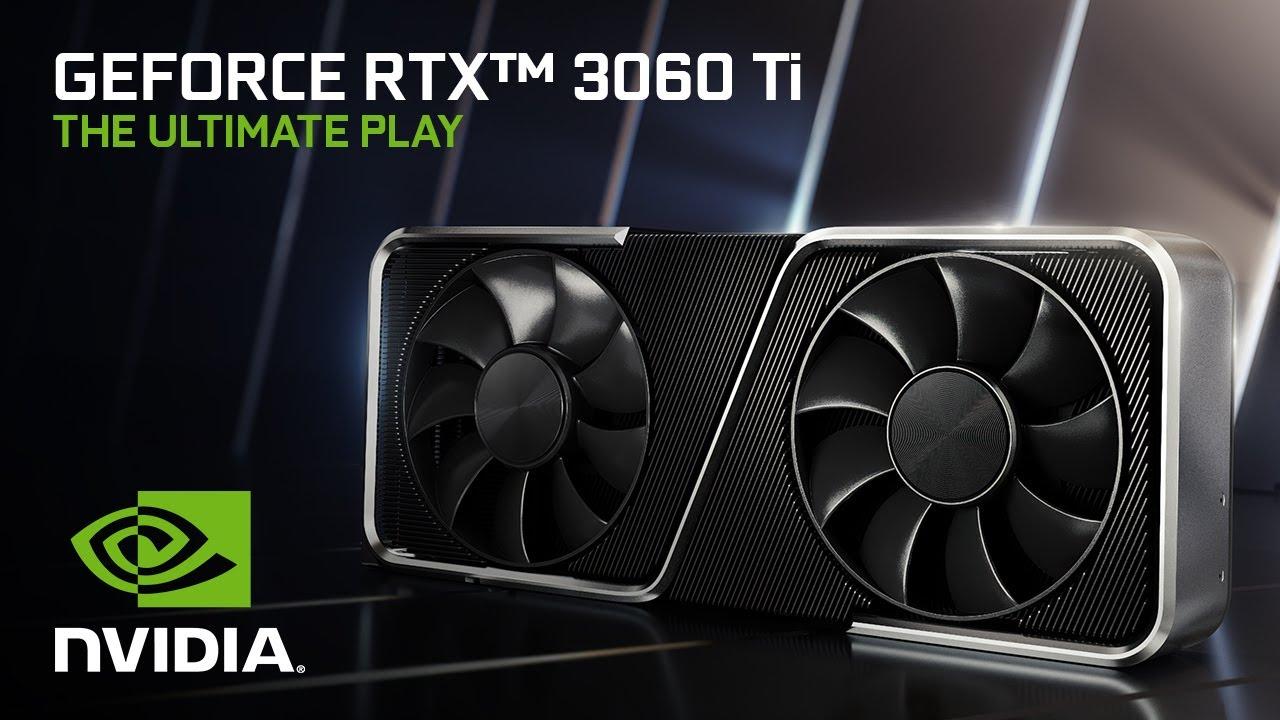
Direct Link
Going by Phoronix benchmarks on Linux, it seems like performance winner. I get that technology moves on quickly but even so, it still slightly amazes me just how much performance and price has come along with cards like this.
The real question is: just how fast will stock vanish this time? It may be releasing on December 2, doesn't mean many people will actually be able to get one though like the last few new GPU release.
If you do buy one, NVIDIA are throwing in one whole year of GeForce NOW Founder membership too which is open to both new and existing GFN customers to sweeten the deal. With their plans to actually support Linux with GFN in the browser, that sounds good.
Quoting: slaapliedjeThey BACKPORT kernels from testing to stable. https://packages.debian.org/buster-backports/linux-image-5.9.0-0.bpo.2-rt-amd64-unsigned Also backports for nvidia drivers are also enabled.
What I was saying is that installing them ARE supported You just don't WANT to have to install newer kernels unless you really need something in the new kernel, that was my point. The whole 'meh, let's swap out the kernel' should be more of a 'holy shit, you're forced to get a new kernel because you want a new GPU?' It should be like any other platform, you update the driver for newer card support, you shouldn't have to update your whole kernel. Not everyone can just do that, like if they have a workstation where they are tied to a specific kernel for business case (like nessus won't accept anything but the kernel version string to certify it's not vulnerable).
Not sure why people don't take such things into account when they say 'just update the kernel'.
We are running in circles here. I previously mentioned that if you have a the requirement of stable kernels or workstations, you must stick to the officially supported distros (i.e. RHel/Centos or Ubuntu LTS) so you can use the dynamic module (and this appliers for both Nvidia and AMD). But lets be real, this discussion is about people that mostly use their GPUs for gaming so getting the latest kernel for the latest hardware is an standard requirement for a Linux user as GPU driver is just one of the many drivers you may need.
Quoting: slaapliedjeThat's what we're talking about here, if you are going to get the latest hardware, you basically have to upgrade kernel / mesa instead of just letting your distro packages handle it. Debian Sid apparently already has the minimum (kernel 5.9.x and Mesa 20.2+ (may have been 20.1+ that is needed). But that IS a rolling release. Yes they have backports, but you'd have to 'prep' for stable and install that stuff before you pull out your old card and put in the new.
Having to get the latest kernel or an specific library version is completely related to the fact that you bought the latest hardware. If you go bleeding edge with the hardware you will have to go bleeding edge with Linux, that's the way it works in our system.
And regarding of having to install your drivers before putting the new one, that's exactly what you have to do no matter if you have AMD or Nvidia (this is probably not 100% true with AMD GPUs, though).
Quoting: slaapliedjeBut the way nvidia and AMD do it with their proprietary driver is more supportable, as you don't have to muck with new kernels, and they package their own OpenGL/Vulkan libraries. DKMS is the correct way to go here. If your distribution breaks DKMS, that means they didn't test kernel+dkms+driver integration, and that's ON THE DISTRIBUTION, not nvidia or AMD's fault, right?
DKMS is a handy option but it's far from being the ideal solution for Linux as many things can go wrong during the build of the module (dealing with those errors will be quite hard for most users), not to mention that you force the user to install a building tools. IMO, from a distro maintainer POV it's probably far better to have everything in the kernel as this helps to avoid the maintenance of the dynamic module (one less package, one less headache).
Quoting: x_wingThing is, and my point being, yku should NOT HAVE to go bleeding edge just to get a graphics card to work. With nvidia you do not, as most distributions package the drivers themselves. With AMD you will always be chasing the latest mesa libs or kernel, because distrubutions don't chase AMD. The proprietary drivers for AMD have been a mess for a long time and so distributions gave up on packaging them. The open source ones tsnd to not perform as well, as noted earlier in this thread. So being forced to use the proprietary driver for either 'team' to get the full benefits out of your hardware makes me think both of them only give us as much as they think we deserve.Quoting: slaapliedjeThey BACKPORT kernels from testing to stable. https://packages.debian.org/buster-backports/linux-image-5.9.0-0.bpo.2-rt-amd64-unsigned Also backports for nvidia drivers are also enabled.
What I was saying is that installing them ARE supported You just don't WANT to have to install newer kernels unless you really need something in the new kernel, that was my point. The whole 'meh, let's swap out the kernel' should be more of a 'holy shit, you're forced to get a new kernel because you want a new GPU?' It should be like any other platform, you update the driver for newer card support, you shouldn't have to update your whole kernel. Not everyone can just do that, like if they have a workstation where they are tied to a specific kernel for business case (like nessus won't accept anything but the kernel version string to certify it's not vulnerable).
Not sure why people don't take such things into account when they say 'just update the kernel'.
We are running in circles here. I previously mentioned that if you have a the requirement of stable kernels or workstations, you must stick to the officially supported distros (i.e. RHel/Centos or Ubuntu LTS) so you can use the dynamic module (and this appliers for both Nvidia and AMD). But lets be real, this discussion is about people that mostly use their GPUs for gaming so getting the latest kernel for the latest hardware is an standard requirement for a Linux user as GPU driver is just one of the many drivers you may need.
Quoting: slaapliedjeThat's what we're talking about here, if you are going to get the latest hardware, you basically have to upgrade kernel / mesa instead of just letting your distro packages handle it. Debian Sid apparently already has the minimum (kernel 5.9.x and Mesa 20.2+ (may have been 20.1+ that is needed). But that IS a rolling release. Yes they have backports, but you'd have to 'prep' for stable and install that stuff before you pull out your old card and put in the new.
Having to get the latest kernel or an specific library version is completely related to the fact that you bought the latest hardware. If you go bleeding edge with the hardware you will have to go bleeding edge with Linux, that's the way it works in our system.
And regarding of having to install your drivers before putting the new one, that's exactly what you have to do no matter if you have AMD or Nvidia (this is probably not 100% true with AMD GPUs, though).
Quoting: slaapliedjeBut the way nvidia and AMD do it with their proprietary driver is more supportable, as you don't have to muck with new kernels, and they package their own OpenGL/Vulkan libraries. DKMS is the correct way to go here. If your distribution breaks DKMS, that means they didn't test kernel+dkms+driver integration, and that's ON THE DISTRIBUTION, not nvidia or AMD's fault, right?
DKMS is a handy option but it's far from being the ideal solution for Linux as many things can go wrong during the build of the module (dealing with those errors will be quite hard for most users), not to mention that you force the user to install a building tools. IMO, from a distro maintainer POV it's probably far better to have everything in the kernel as this helps to avoid the maintenance of the dynamic module (one less package, one less headache).
I usually backed Matrox back in the day as everything just worked out of the box. But then the Parhelia came out and the driver install was much like nvidia's and it sucked.
Funny thing is, now Matrox hardware is supported in the nvidia driver, go figure.
So let's all admit, both have their advantages and disadvantages. Neither is 'evil' they both compete for different audiences for the most part. Truth is, for any of the things like DLSS and Raytracing, nvidia still is going to trounce AMD this time around. They got a jump on the tech. AMD was trying so hard to catch up, this is their first gen on ray tracing, so performs similar to the the 2080 from what I have seen, where the rest of stuff is about at 3080 speeds.
The ONLY reasons I would switch to AMD is for better Wayland support and Async Reprojection in VR (which may be pointless with the new cards).
With a new 3080 upgrade... I take the 2080 out of my machine and put in the 3080, done. For switching I will have to reconfigure 3 OSs...
Quoting: ShmerlSee, I have had the exact opposite experience. The Radeon laptop that I have, it worked mistly with the fglrx driver, but would break all the time as it wouldn't work either with a newer kernel, or xorg. Then there was a point in time where it fit in that tiny slit of not being supported by the open source driver OR fglrx, and I basically had to switch to Windows...Quoting: slaapliedjeI have been using nvidia for years, and it has pretty much been 'just works'.
I remember Nvidia breaking more than once due to kernel updates and I remember Nvidia messing up my install to the point of frustration and wiping out the whole OS to reinstall. Not upstreaming their driver has consequences. Ditching the blob felt very good and I'm not interested in going back to that horror :)
Quoting: slaapliedjeMy experience has been that:Quoting: ShmerlSee, I have had the exact opposite experience. The Radeon laptop that I have, it worked mistly with the fglrx driver, but would break all the time as it wouldn't work either with a newer kernel, or xorg. Then there was a point in time where it fit in that tiny slit of not being supported by the open source driver OR fglrx, and I basically had to switch to Windows...Quoting: slaapliedjeI have been using nvidia for years, and it has pretty much been 'just works'.
I remember Nvidia breaking more than once due to kernel updates and I remember Nvidia messing up my install to the point of frustration and wiping out the whole OS to reinstall. Not upstreaming their driver has consequences. Ditching the blob felt very good and I'm not interested in going back to that horror :)
- My ATI Rage 128 took forever to get support but eventually worked (this was back in 2000/2001, so not much point in comparing further)
- My Radeon (some mid-2000s laptop model, sorry can't remember more) worked wonderfully in Linux but had shoddy 3D performance (it was fine, but not great - laptop though), great experience otherwise, solid hardware and fantastic TV output (yes, it was that long ago)
- my GeForce 680, 980 and 1080 Ti all worked well in games, but the 980 and 1080 Ti both had weird things happening: lots of kernel incompatibilities, system freezes were common (better now, but still happen, especially with VT switching, CUDA, NVdec or VDPAU - basically anything that's supposed to give NVIDIA an advantage) and OpenGL texture corruption and/or texture sync (don't ask, I'm still not sure what it it precisely, but any desktop compositor will go out of sync with actual framebuffers eventually and require a restart - still happens with compton, picom, Mutter and KWin).
Of course, my main gripe with NVIDIA is still the missing VR reprojection on Linux, but now you have a bit of background on how well things have been working in general as well.
Honestly I think the driver installation situation is about equal for NVIDIA and AMD (though the built-in AMD driver gives a slight win there for general usage). For gaming I think the issue for AMD is distribution support for the driver options and for NVIDIA, well, it's NVIDIA :P
Last edited by Cybolic on 5 December 2020 at 11:30 am UTC
Quoting: slaapliedjeWith AMD you will always be chasing the latest mesa libs or kernel, because distrubutions don't chase AMD.That sounds so dramatic, until you realise that on many popular distributions "chasing" means adding a repo and letting your update manager handle the rest. On rolling distros like Arch you're already running the latest and greatest so you're pretty much good to go. I'm on Mint, but I certainly don't spend any more time "chasing libs" than I spent chasing new Nvidia drivers back when I owned their hardware.
Quoting: slaapliedjeThe open source ones tsnd to not perform as well, as noted earlier in this thread.That's not generally true for AMD these days, according to benchmarks. There are exceptions of course, but gamers are usually better off with Mesa.
Personally I switched from AMD/ATI to Nvidia about 15 years ago, when fglrx was making my life miserable. But I don't see a reason to pick a camp and stick with it. No hardware vendor has earned my undying loyalty.
I've had less issues since I switched back to AMD after a few Nvidia GPUs that mostly just worked and that's enough to keep me here for now. Being dependent on one less proprietary piece of software is also nice.
Quoting: slaapliedjeThing is, and my point being, yku should NOT HAVE to go bleeding edge just to get a graphics card to work. With nvidia you do not, as most distributions package the drivers themselves.
Installing the latest driver for Nvidia is not going bleeding edge? As I said, having to update your kernel to the latest stable version is not isolated to AMD hardware.
Quoting: slaapliedjeWith AMD you will always be chasing the latest mesa libs or kernel, because distrubutions don't chase AMD. The proprietary drivers for AMD have been a mess for a long time and so distributions gave up on packaging them. The open source ones tsnd to not perform as well, as noted earlier in this thread. So being forced to use the proprietary driver for either 'team' to get the full benefits out of your hardware makes me think both of them only give us as much as they think we deserve.
Once you have a kernel that supports your hardware there is no need to keep updating it (unless there are some driver level bugs that requires fixing, of course). And "chasing" the latest Stable Mesa drivers is fairly trivial in any distro but, once you have support of your hardware you only have to do that if you want to get the new fixes or features of Mesa.
Who told you that "The proprietary drivers for AMD have been a mess for a long time and so distributions gave up on packaging them"? Did you ever take a look on how AMDGPU-PRO is packaged? And I can ask the same regarding the driver performance you mention. I think that you have a big bias regarding many things of the open source drivers.
Quoting: slaapliedjeSo let's all admit, both have their advantages and disadvantages. Neither is 'evil' they both compete for different audiences for the most part. Truth is, for any of the things like DLSS and Raytracing, nvidia still is going to trounce AMD this time around. They got a jump on the tech. AMD was trying so hard to catch up, this is their first gen on ray tracing, so performs similar to the the 2080 from what I have seen, where the rest of stuff is about at 3080 speeds.
How many games I can play with DLSS or RT on Linux? Truth is that we are on Linux and those are pointless features for now. IMO, right now this technologies have the same weight as Physx had in the past.
Last edited by x_wing on 5 December 2020 at 2:52 pm UTC
Quoting: x_wingHow many games I can play with DLSS or RT on Linux? Truth is that we are on Linux and those are pointless features for now. IMO, right now this technologies have the same weight as Physx had in the past.
For RT, it is most likely coming soon, see the movements from Khronos on vulkan RT API (which is literally tailored for dxvk/vkd3d use). So RT definitely matters, unless you are completely against proton of course.
For DLSS, who knows ... Hope it comes, maybe yes, maybe no. Nvidia did release the headers for some of that but not all, the sdk itself is under NDA. Guess it's in Valve's hands to unlock the situation now, I don't see what anyone else can do. Unless Stadia goes Nvidia for next round, that would help a lot.
Quoting: 3zekielYeah, shocker. I still have to dualboot for things, and there the features are definitely being adopted more and more.Quoting: x_wingHow many games I can play with DLSS or RT on Linux? Truth is that we are on Linux and those are pointless features for now. IMO, right now this technologies have the same weight as Physx had in the past.
For RT, it is most likely coming soon, see the movements from Khronos on vulkan RT API (which is literally tailored for dxvk/vkd3d use). So RT definitely matters, unless you are completely against proton of course.
For DLSS, who knows ... Hope it comes, maybe yes, maybe no. Nvidia did release the headers for some of that but not all, the sdk itself is under NDA. Guess it's in Valve's hands to unlock the situation now, I don't see what anyone else can do. Unless Stadia goes Nvidia for next round, that would help a lot.
Quoting: x_wingIf the average Joe knows how to install the latest Nvidia driver on a distro, he should also be able to keep to date the AMD counter part as it will require exactly the same steps.
But I've given you the reason why some people (like me) say that Nvidia is easier to maintain for average Joe.
But at least we've agreeded that for some users AMDGPU-PRO are a must (to get a pro app support , opencl etc).
And here's the deal - while you have repos for Nvidia which make installing drivers a breeze you don't have something along those lines for AMDGPU-PRO.
So steps are really not the same.
Yes, I can do a manual driver installation via command line. Yes, I can do driver uninstall and reinstall after a kernel update. But should I as a desktop user? I don't think so. And I haven't had to mess with it while using Nvindia for years.
And mind I'm not talking for a fanboy perspective. I don't care whether my system has a team red or green gpu. I care about about performance and how hassle free it is. And at this point if you're a creative that does not want to mess with system Nvidia IMO wins. No matter how much I cheers for AMD and for adoption of Wayland.
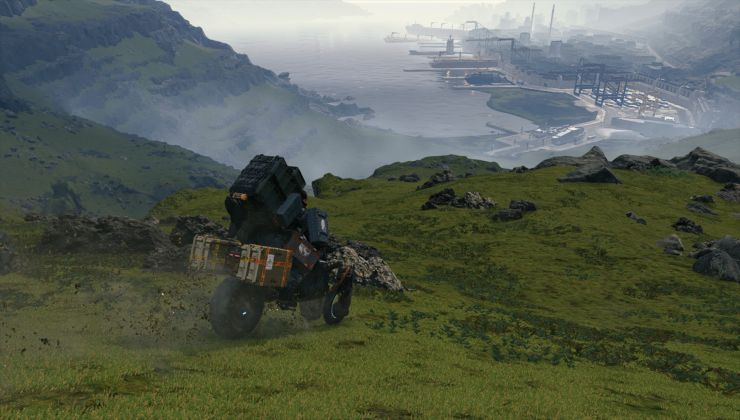
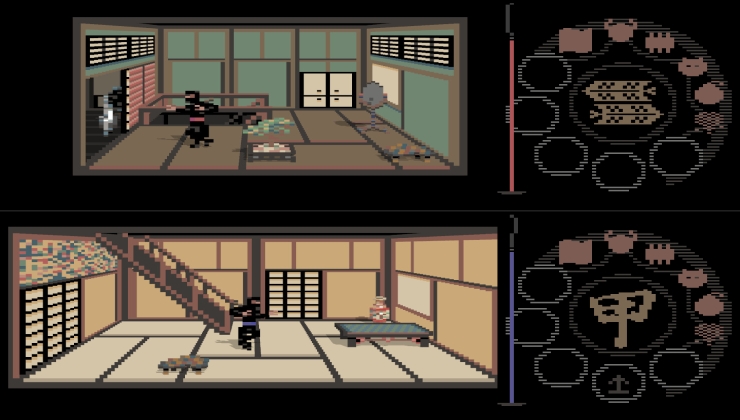
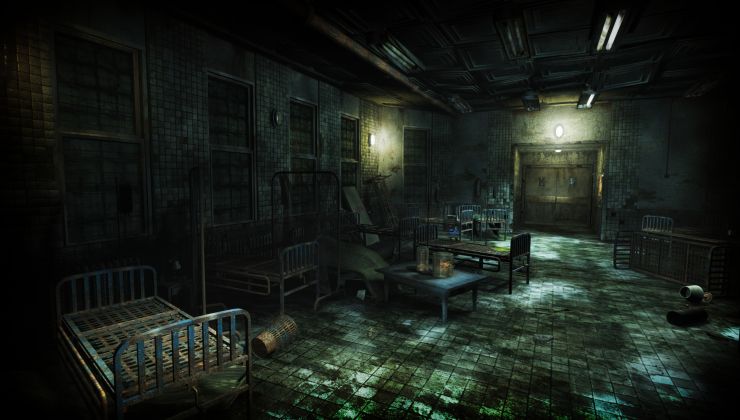
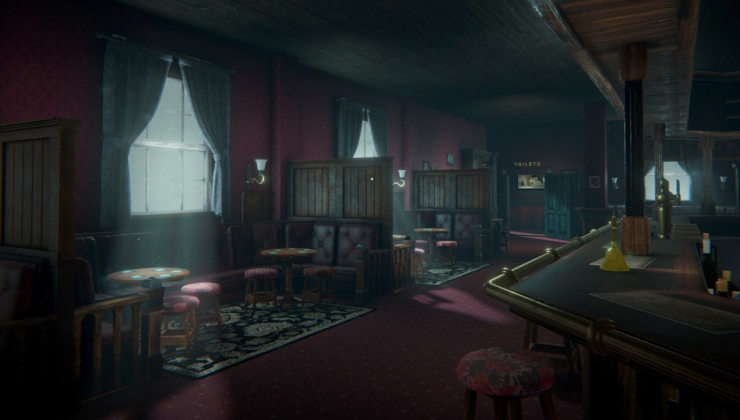






See more from me